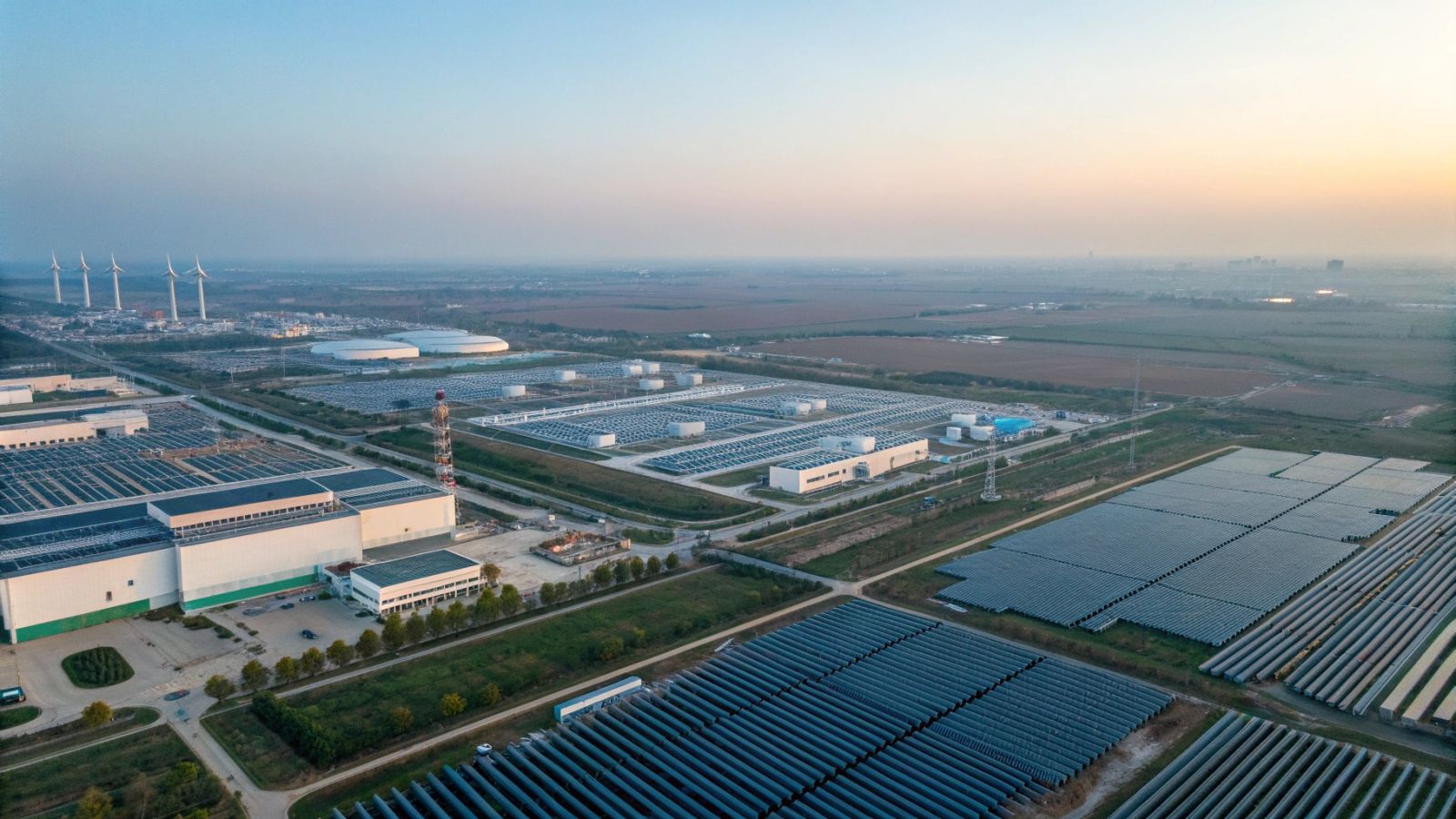Introduction
The data center power crisis has emerged as the central bottleneck to AI expansion: computing facilities requiring electricity on the scale of whole cities are outpacing the capacity and planning of the U.S. grid, causing delays, higher costs and strategic shifts.
Context
AI growth has altered demand patterns: hyperscalers now seek multi-gigawatt sites and thousands of acres, far larger than the traditional 200–300 MW campuses. Demand is highly concentrated in a few markets, intensifying local grid strain.
The Problem / Challenge
Key constraints driving the data center power crisis:
- Speculative applications overload utility planning, creating multi-year backlogs;
- Geographic concentration (e.g., Northern Virginia, Dallas) limits available capacity;
- Rising commercial electricity rates and long lead times for transformers and critical equipment.
"The amount of power being requested is like all of New York's power in one single site"
Andy Cvengros, JLL
Solution / Approach
Practical responses to the data center power crisis include:
- Utility reforms to validate and triage speculative load requests;
- Shifting development toward lower-cost electricity regions;
- On-site generation (natural gas turbines, fuel cells) and hybrid energy contracts;
- Targeted investment to shorten lead times for transformers and grid upgrades.
Trade-offs and limits
Each option has trade-offs: cost increases, environmental impacts if fossil fuels are used on-site, and the risk that massive capital spending may not pay off if demand patterns change.
Financial and Strategic Impact
Estimates point to up to $1 trillion in North American data center development between 2025–2030 and a heavily preleased pipeline, suggesting vacancy will remain low and the power crunch will continue to influence location and pricing strategies.
Conclusion
Addressing the data center power crisis requires coordination across utilities, developers, and policymakers: validated planning, diverse energy solutions, and infrastructure investment are needed to prevent grid limits from stalling AI progress.
FAQ
- How does the data center power crisis affect construction timelines? Grid approvals and equipment lead times can add many months to over a year to serious data center builds.
- Which U.S. markets show the highest stress from the data center power crisis? Northern Virginia and Dallas are prime examples where concentrated demand strains local power systems.
- What immediate steps can companies take to mitigate the power crisis? Prioritize low-cost electricity regions, deploy on-site generation, and secure integrated energy contracts.
- Does the power crisis threaten AI investment returns? Yes; prolonged constraints and higher energy costs can compress margins and delay ROI on new facilities.
- What role should utilities play in resolving the crisis? Utilities must improve demand validation, speed infrastructure upgrades, and coordinate permitting to reduce backlogs.
